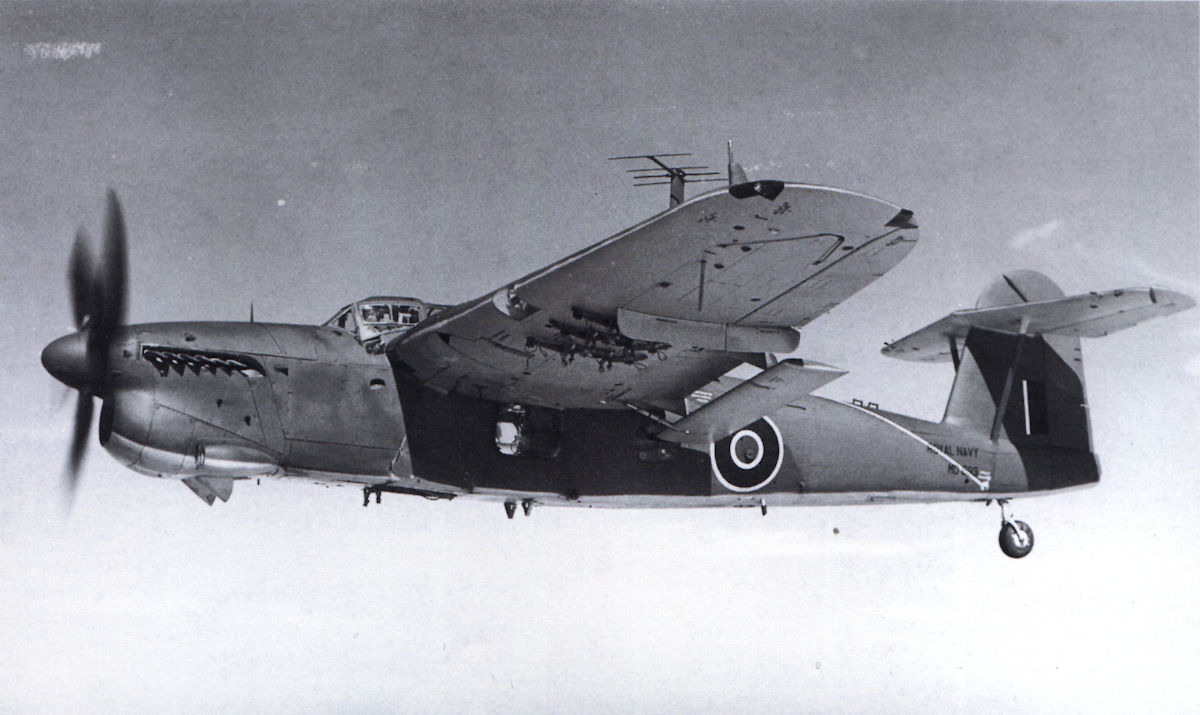Tag: aviation
-
German Floatplane Arado Ar 196

German Floatplane Arado Ar 196 The Arado Ar 196 was designed to an October 1936 RLM request for a Heinkel He 114 reconnaissance floatplane replacement. The four prototypes ordered were delivered in the summer of 1937. The V1 and V2 had twin floats, while the V3 and V4 had a single central floats and two… Read more
-
Hawker Sea Fury in British Service

Hawker Sea Fury in British Service The British Royal Navy Fleet Air Arm operated the Hawker Sea Fury from February 1947, initially with 778 Naval Air Squadron’s, Flying Development Unit. The first operational unit was 807 NAS in September 1947 (the Royal Canadian Navy 803 Naval Air Squadron was the first of any nation in… Read more
